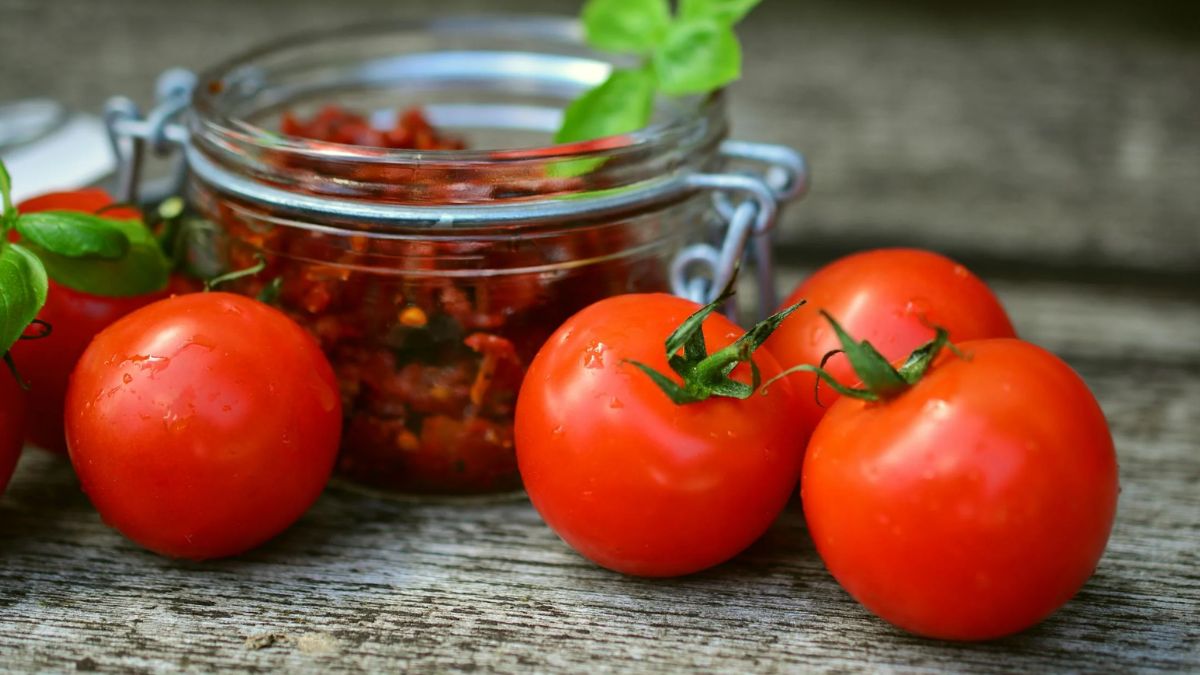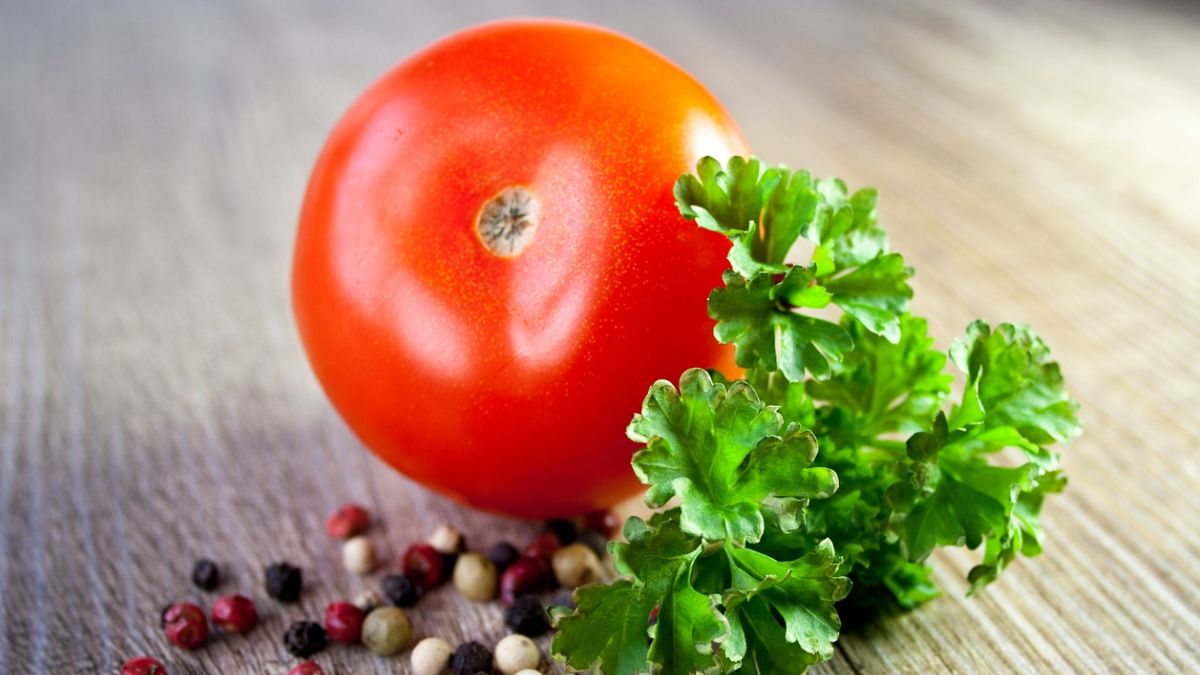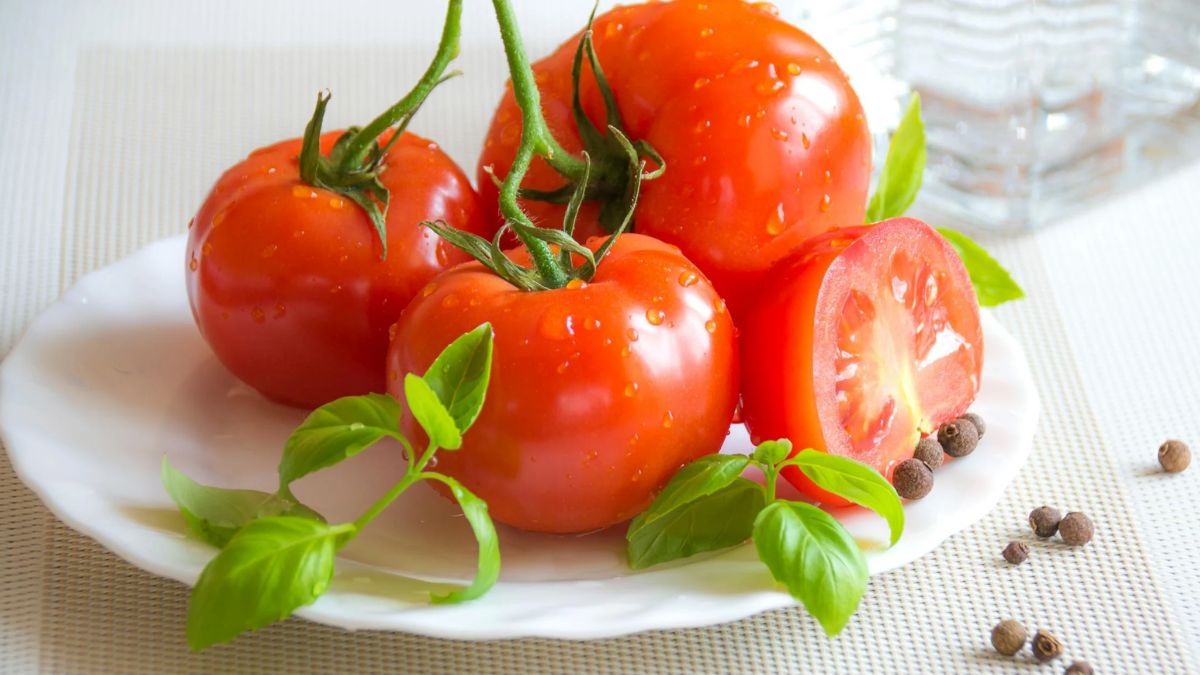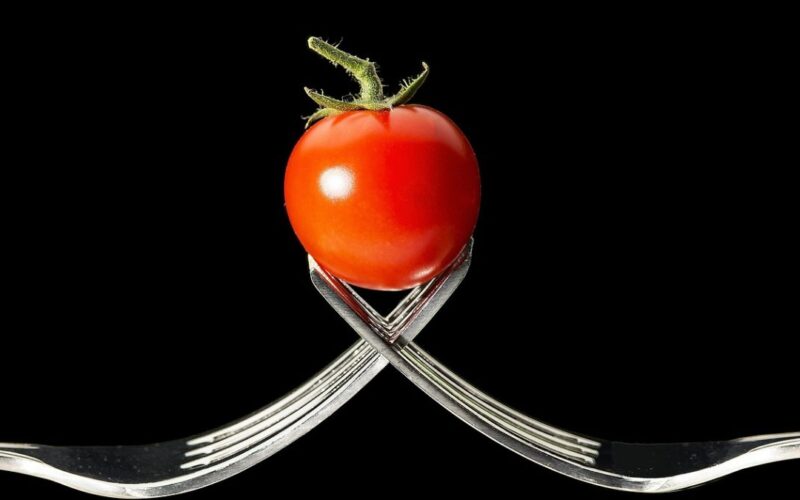The humble tomato, a versatile fruit (yes, it’s a fruit!), has become a staple ingredient in cuisines around the world. From juicy salads and tangy sauces to flavorful pizzas and refreshing gazpacho, tomatoes add a burst of color, flavor, and essential nutrients to our meals. But where do these delicious fruits come from? This article explores the top 10 tomato producing nations, delving into their cultivation methods, agricultural practices, and contributions to the global tomato supply chain.
1: China: The Undisputed Tomato King
China reigns supreme in the tomato production arena, accounting for nearly a third of global tomato output. This dominance can be attributed to several factors, including:
Large-Scale Production: China boasts vast agricultural land and a well-developed agricultural infrastructure. This allows for large-scale tomato cultivation, utilizing efficient planting and harvesting techniques.
Greenhouse Technology: The adoption of advanced greenhouse technology enables year-round production, maximizing yields and minimizing seasonal fluctuations.
Focus on Domestic Consumption: China’s massive population creates a high domestic demand for tomatoes, driving production and contributing to self-sufficiency.

2: India: A Rising Star in Tomato Cultivation
India ranks second globally in tomato production, experiencing a steady rise in recent years. Factors contributing to this growth include:
Favorable Climate: India’s diverse climate allows for tomato cultivation in various regions throughout the year.
Government Initiatives: Government programs and subsidies have encouraged farmers to adopt improved cultivation practices and invest in greenhouse technology.
Growing Domestic Market: The expanding Indian middle class has fueled a rise in demand for fresh and processed tomatoes.
3: Turkey: A Bridge Between East and West
Strategically located at the crossroads of Europe and Asia, Turkey is a major tomato producer. Here’s a glimpse into the factors influencing Turkish tomato production:
Focus on Export Markets: Turkey plays a significant role in supplying tomatoes to European and Middle Eastern markets. This export focus encourages high-quality production standards.
Diverse Growing Conditions: Turkey’s varied climate allows for tomato cultivation in different regions, extending the harvest season.
Investment in Processing: The country has seen an increase in tomato processing facilities, adding value to the crop and reducing post-harvest losses.
4: The United States: A Legacy of Innovation
The United States, with its rich history of agricultural innovation, holds a prominent position in tomato production. Here’s what shapes the American tomato industry:
Mechanization: The US agricultural sector utilizes advanced machinery for planting, harvesting, and processing tomatoes, improving efficiency and productivity.
Focus on Variety: American farmers cultivate a wide range of tomato varieties, catering to diverse consumer preferences, from salad tomatoes to processing varieties for sauces and ketchups.
Sustainable Practices: A growing emphasis on sustainable agriculture is driving the adoption of environmentally friendly practices like drip irrigation and integrated pest management in tomato cultivation.

5: Italy: The Land of Sun-Kissed Tomatoes
Italy, renowned for its culinary traditions, is a significant tomato producer. Discover what makes Italian tomato production unique:
Focus on Quality and Flavor: Italian farmers prioritize traditional methods and specific varieties like San Marzano tomatoes, known for their intense flavor and ideal qualities for sauces and canning.
Favorable Mediterranean Climate: The warm, sunny climate of Italy provides an ideal environment for tomato growth, contributing to the development of flavorful fruits.
DOP (Denominazione di Origine Protetta): Italy implements strict quality control measures and utilizes DOP certifications to ensure the authenticity and high standards of its tomatoes.
The Remaining Top 5 Tomato Producing Nations
Rounding out the top 10 tomato producing nations are Egypt, Spain, Mexico, Brazil, and Nigeria. Each country has its own unique agricultural practices and contributes significantly to global tomato production.
Egypt: Known for its Nile Delta region’s fertile soil and favorable climate for tomato cultivation.
Spain: A major producer of greenhouse tomatoes, catering to European markets with a focus on quality and year-round availability.
Mexico: A leading exporter of tomatoes to the United States, with a focus on large-scale production and efficient supply chains.
Brazil: Experiencing growth in tomato production, driven by domestic demand and a focus on both fresh and processed tomato products.
Nigeria: A rising player in African tomato production, with potential for further growth through improved infrastructure and access to technology.

A Sustainable Future for Tomatoes
Tomatoes play a vital role in global food security, providing essential vitamins, minerals, and antioxidants. As the global population continues to grow, ensuring sustainable and efficient tomato production practices becomes increasingly important. Here are some key considerations for the future of tomatoes:
Greenhouse Technology: Advancements in greenhouse technology offer opportunities for year-round production, reduced water usage, and improved control over growing conditions.
Sustainable Practices: Emphasis on techniques like crop rotation, integrated pest management, and organic farming can minimize environmental impact and promote soil health.
Reducing Food Waste: Investing in improved storage and transportation infrastructure can significantly reduce post-harvest losses, ensuring more tomatoes reach consumers.
Consumer Awareness: Encouraging informed choices and reducing food waste at the consumer level plays a crucial role in creating a sustainable tomato supply chain.
By embracing innovative technologies, adopting sustainable practices, and promoting responsible consumption, we can ensure that future generations continue to enjoy the versatility, deliciousness, and nutritional benefits of this remarkable fruit – the tomato. So, the next time you savor a slice of tomato on your sandwich or enjoy a bowl of your favorite tomato-based dish, take a moment to appreciate the global journey this humble fruit has taken to reach your plate.










